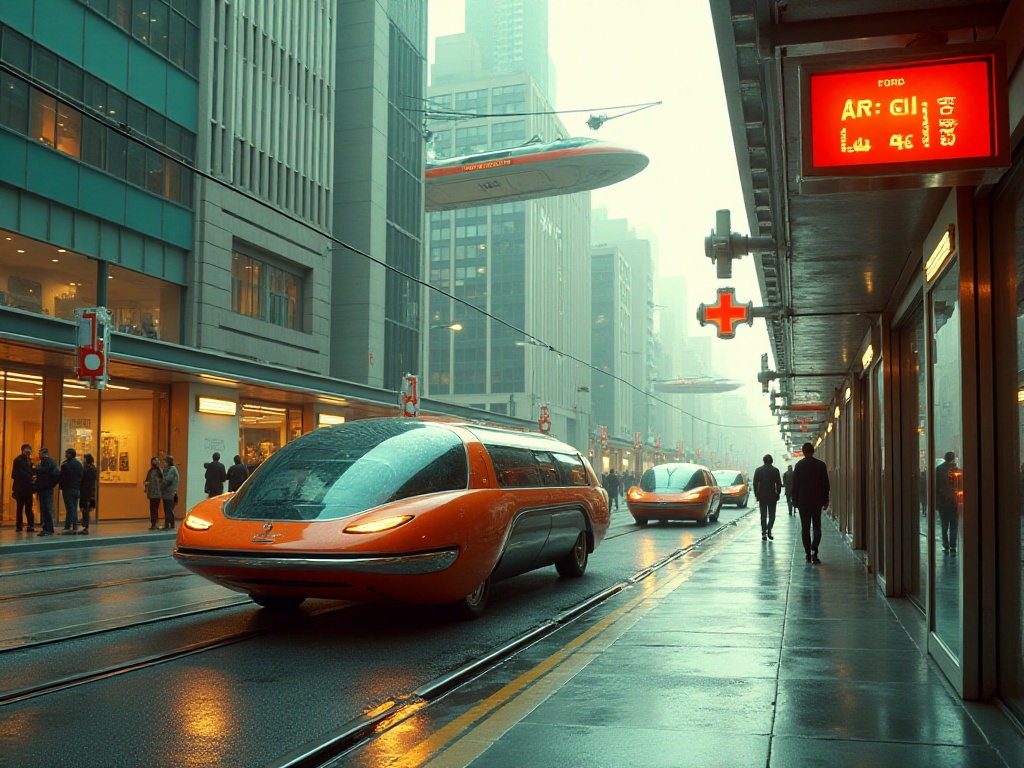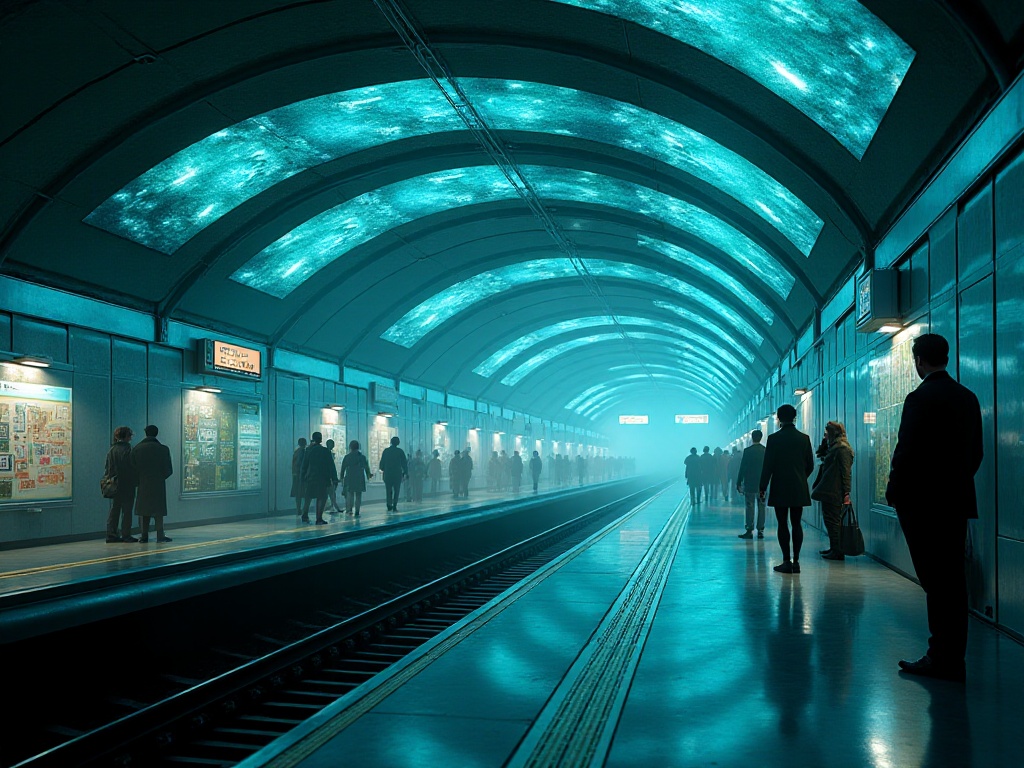Hello everyone, I'm your blogger Travel Sarah, and having just returned from California, I'm still basking in the West Coast sunshine. Every time I think about California's warm sunlight, fresh sea breeze, and ubiquitous palm trees, my heart fills with longing. I remember when I first stepped off the plane, that distinctive California vibe instantly made me fall in love with this land.
As someone who has lived in California for a year and knows the ropes, today I want to share with you California's public transportation system. To be honest, when I first arrived in California, I was completely lost and had no idea how to plan my routes. The first time at Los Angeles Union Station, looking at the dense schedules, I almost gave up and called a taxi. But after a year of exploration, I discovered that California's public transportation is actually very convenient and can save you quite a bit of money. Now I can easily navigate between California's cities and experience the true California lifestyle.
You might ask, why choose public transportation? Isn't renting a car more convenient? Let me break down the costs for you: renting a car in California costs at least $80 per day, plus parking fees and gas, adding up to at least $120 per day. Especially in cities like San Francisco, parking fees are astronomical, sometimes reaching $50 per day. Meanwhile, if you choose public transportation, a day pass only costs around $10, and a weekly pass is about $40. When you do the math, choosing public transportation can save you a significant amount of money.
California's public transportation system mainly includes buses, subway, light rail, ferries, and trains. The most popular options are Amtrak and Caltrain, which connect California's major cities. Amtrak's Pacific Surfliner route is particularly impressive, running along the Pacific coastline with endless ocean views, especially stunning during sunset. In the San Francisco Bay Area, there's also the BART system, allowing you to easily travel between San Francisco, Oakland, and Berkeley.
Speaking of BART, I must mention its unique design. BART cars are spacious and bright, with cushioned seats that are more comfortable than many city subways. BART is also quite fast, taking only about 30 minutes from downtown San Francisco to the airport. However, note that BART fares are distance-based, so longer trips cost more.
In Los Angeles, the Metro and bus network continue to expand. Although LA is known as a "car city," its public transportation system is actually quite developed. The Metro Purple Line can take you from downtown all the way to Beverly Hills, passing various Instagram-worthy spots along the way. The newly opened K Line has made getting to Los Angeles International Airport exceptionally convenient.
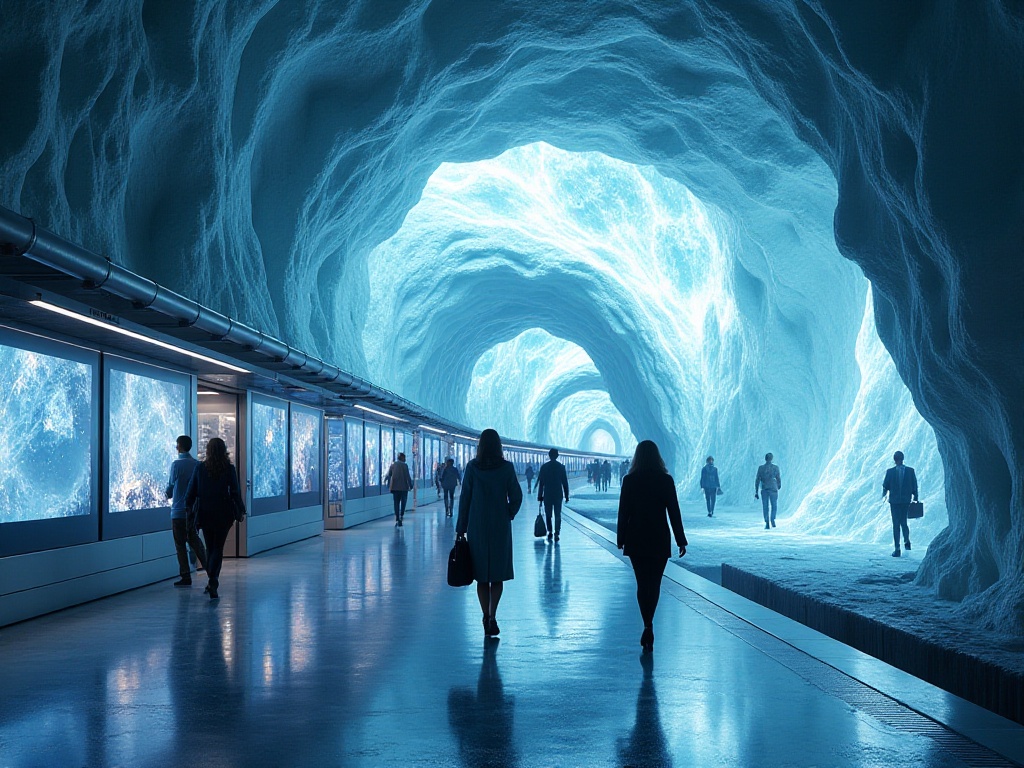
I remember my first time riding an American bus - I was completely flustered. I didn't know where to wait or how to pay. Once, I almost missed my stop because I didn't know I had to press the stop button in advance. Later, I developed a "survival guide" that I hope will help others avoid similar pitfalls.
First, definitely download Google Maps. In the US, Google Maps not only helps you plan routes but also shows real-time arrival times for buses and trains. I often use it to check when the next vehicle is coming, so I don't have to wait blindly at stations. Google Maps also shows optimal routes, including walking distances and transfer information, which is very practical. Sometimes it offers multiple route options, allowing you to choose based on your time and budget.
Additionally, the Transit app is very useful. Its interface is more intuitive than Google Maps, and it can display all nearby transit routes. In San Francisco, the Muni Mobile app is also essential - it not only shows real-time vehicle status but also allows direct ticket purchases.
Second, I recommend getting a transit card. It's called a Clipper Card in the Bay Area and a TAP Card in Los Angeles. These cards can be purchased at subway stations or convenience stores and can be used on most public transportation after loading money. They're cheaper than cash payments, and you don't have to worry about not having exact change. I linked my Clipper Card to my credit card and set up auto-reload, so I never have to worry about insufficient balance.
Transit cards have another advantage: transfer discounts. For example, in San Francisco, if you transfer from BART to Muni within two hours, you can get a 50-cent discount. While it might not seem like much, it adds up over time to a considerable amount.
When using public transportation, be sure to check the operating hours of different systems. Different routes may have different schedules, especially on weekends and holidays. I learned this the hard way once, assuming the subway ran all night, only to discover at 1 AM that the last train had long gone, forcing me to take a taxi home.

Let me share some money-saving tips with you. In California, many public transportation systems offer multi-day passes. For example, San Francisco's Muni offers 1-day, 3-day, and 7-day passes. If you plan to stay in a city for several days, buying a multi-day pass is definitely worth it. During my first visit to San Francisco, I bought a 3-day pass and found I could ride Muni buses, light rail, and even the iconic cable cars unlimited times - it was totally worth it.
For example, in San Francisco, a single ride ticket is $3, but a day pass is only $13, and a three-day pass is $31. If you're going to ride more than 4 times a day, the day pass is already worth it. Plus, multi-day passes give you more freedom to explore the city without constantly worrying about transit costs.
For frequent train riders, Amtrak's membership program is worth joining. It's free and allows you to accumulate miles that can be redeemed for free tickets or seat upgrades. I used my accumulated miles to redeem a business class ticket from Los Angeles to San Diego, enjoying a luxury train journey.
If you're a student, remember to bring your student ID. Many public transportation systems offer student discounts, some up to 50% off. In the Bay Area, students can apply for special Clipper Cards that not only provide discounts but also offer special monthly pass rates.
Additionally, many companies provide transit subsidies. If you work in California, you can ask your HR department if such benefits are available. Some companies provide free transit cards, while others reimburse a portion of transit costs. These are all good ways to save money.
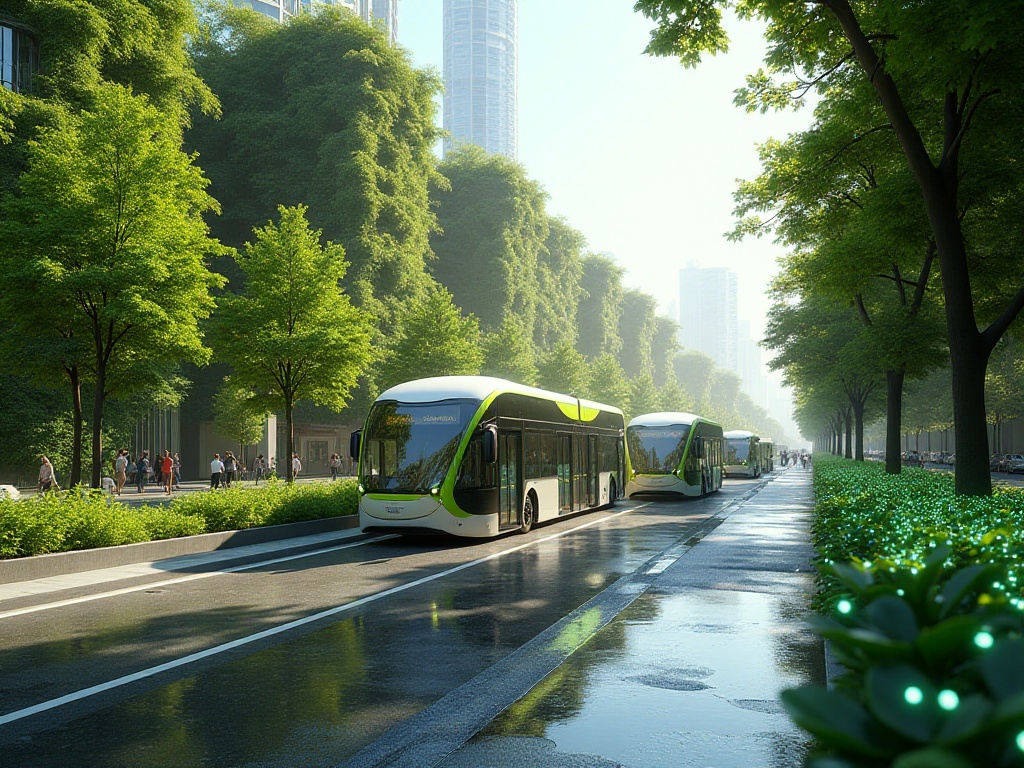
Regarding safety concerns, many first-time visitors to the US worry about this. Actually, public transportation is very safe if you keep these points in mind.
At night, try to choose cars with more people, especially on the subway. I usually choose cars near the driver or where security patrols. Most public transportation vehicles are equipped with surveillance cameras, and stations and cars have emergency help buttons.
Keep your belongings secure, and don't leave bags unattended on seats. Although the US is generally safe, it's important to stay vigilant. I usually keep my backpack on my lap or close to my body, with important documents and wallet in secure pockets.
When waiting for trains, stand behind the safety line. American subways are very fast, and standing too close can be dangerous. Also, be aware of your surroundings - if you feel unsafe, you can move to a different waiting area or call a ride.
When riding buses, it's best to choose seats near the front door. This makes it easier to get on and off, and you can quickly ask the driver for help if needed. American bus drivers are professionally trained and can handle emergency situations promptly.
When using public transportation at night, you can use safety apps. For example, Companion allows your friends to track your location in real-time and automatically alerts authorities if anything unusual is detected. Many universities also provide free campus shuttle services, which are worth utilizing.
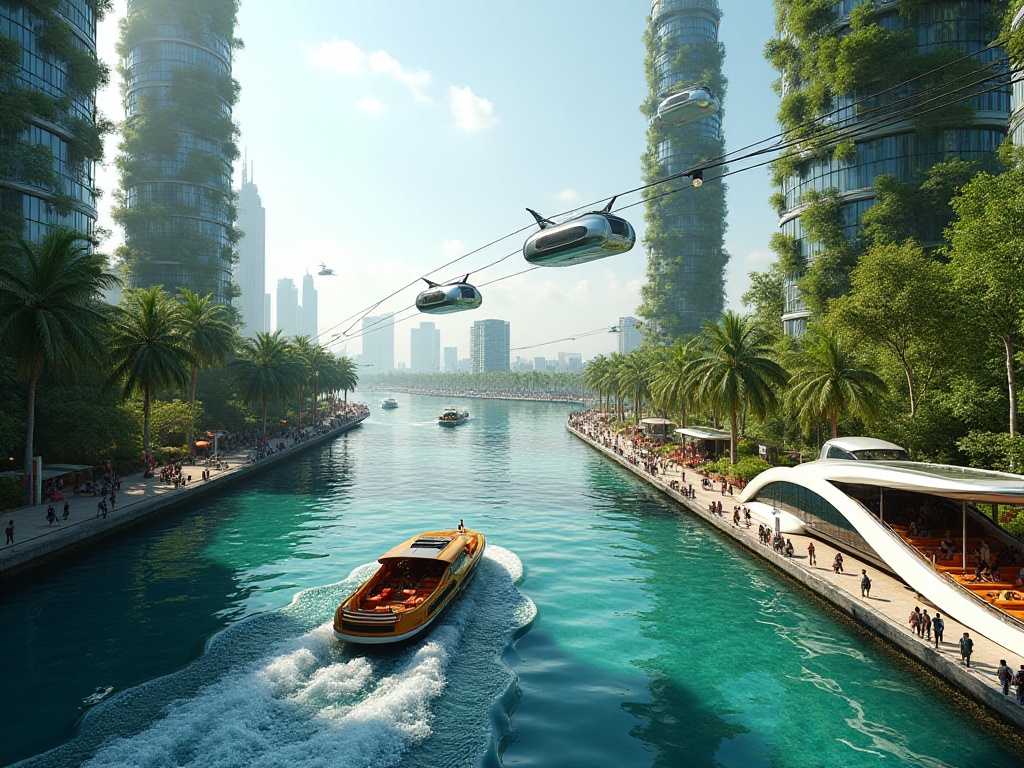
Finally, I want to share some practical tips that I've learned over the year.
When riding the bus, if you're unsure where to get off, you can tell the driver your destination - they're usually happy to remind you. American bus drivers are very friendly, so don't be afraid to ask. Once when I was going to an unfamiliar place, the driver not only reminded me where to get off but also told me the best way to walk to my destination - I was really touched.
At subway stations, be sure to read the platform signs carefully. American subways usually have multiple directions, and taking the wrong direction can waste a lot of time. I've experienced going in the wrong direction before, which wasted an hour. Now I always make a habit of carefully checking route maps to ensure I'm on the correct platform.
Make good use of transfer stations. Many places have interchange stations between different modes of transportation, such as BART and Muni transfer stations, or subway and bus transfer stations. These transfer stations are usually designed with user convenience in mind, with clear signage and reasonable walking distances between connections.
If you have a lot of luggage, choose stations with elevators or escalators. Not all stations have these facilities, so checking in advance can help you avoid the awkwardness of carrying luggage up stairs. This is especially important in cities with varied terrain like San Francisco - choosing the right station to exit can make a big difference.
When buying tickets, check for special offers. For example, there might be family tickets available on weekends or holidays, offering better value for families. Some routes also offer off-peak discounts, so consider traveling during these times if your schedule is flexible.
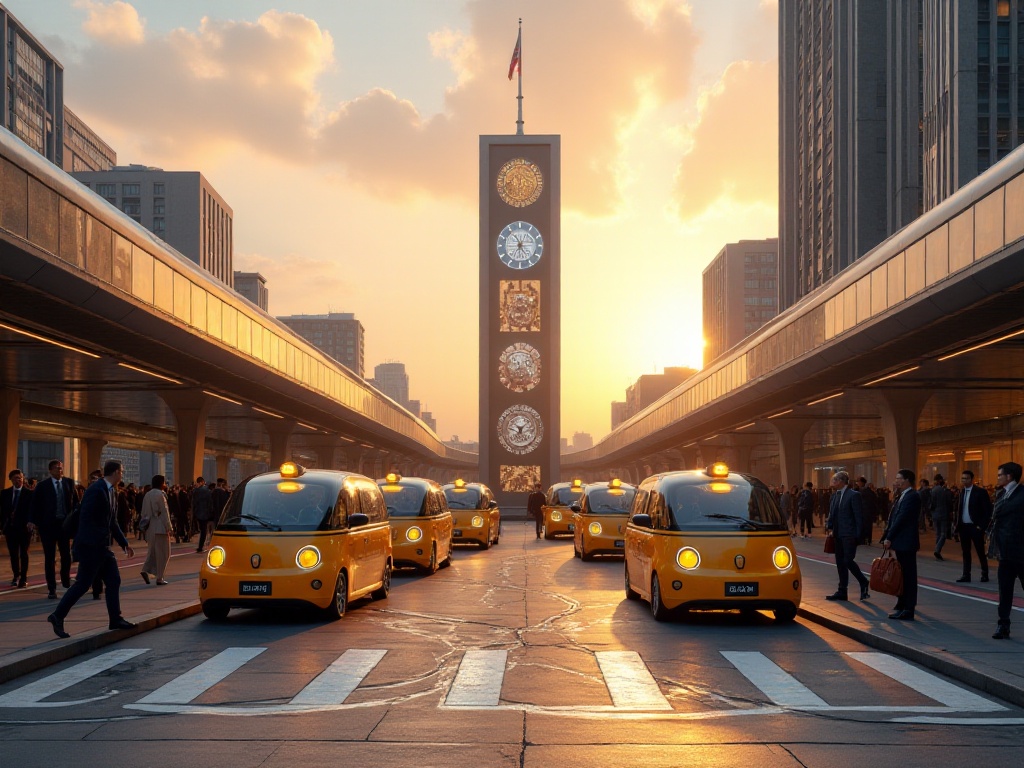
Through my year of experience, I've deeply realized that mastering the local public transportation system can make your travel easier, more economical, and more interesting. You not only save money on car rentals but also get to live like a local and experience authentic California life.
On public transportation, you can see all kinds of people and hear various interesting stories. I remember once on Caltrain, I met an elderly gentleman who told me many stories about Silicon Valley's early days, giving me a deeper understanding of this land. Those scenes of entrepreneurs discussing projects on the train, street artists performing impromptu with their guitars - they've all become my most precious memories of California.
Using public transportation also helps protect the environment by reducing carbon emissions. In California, environmental awareness is very strong, and many people choose public transportation or biking. This lifestyle is not only healthy but also meaningful.
Most importantly, through public transportation, you can truly immerse yourself in local life rhythms. You'll discover that Californians don't just drive sports cars along sunny coasts - they also read books on the subway, take naps on buses, and enjoy city sunrises and sunsets from light rail trains. These ordinary but authentic scenes are what make California most touching.
Do you have experience using public transportation in the US? Feel free to share your stories in the comments. If you have any questions, you can always ask me. Next time, I'll bring more practical guides about traveling in the US. See you in the next post.
 Previous
Previous
